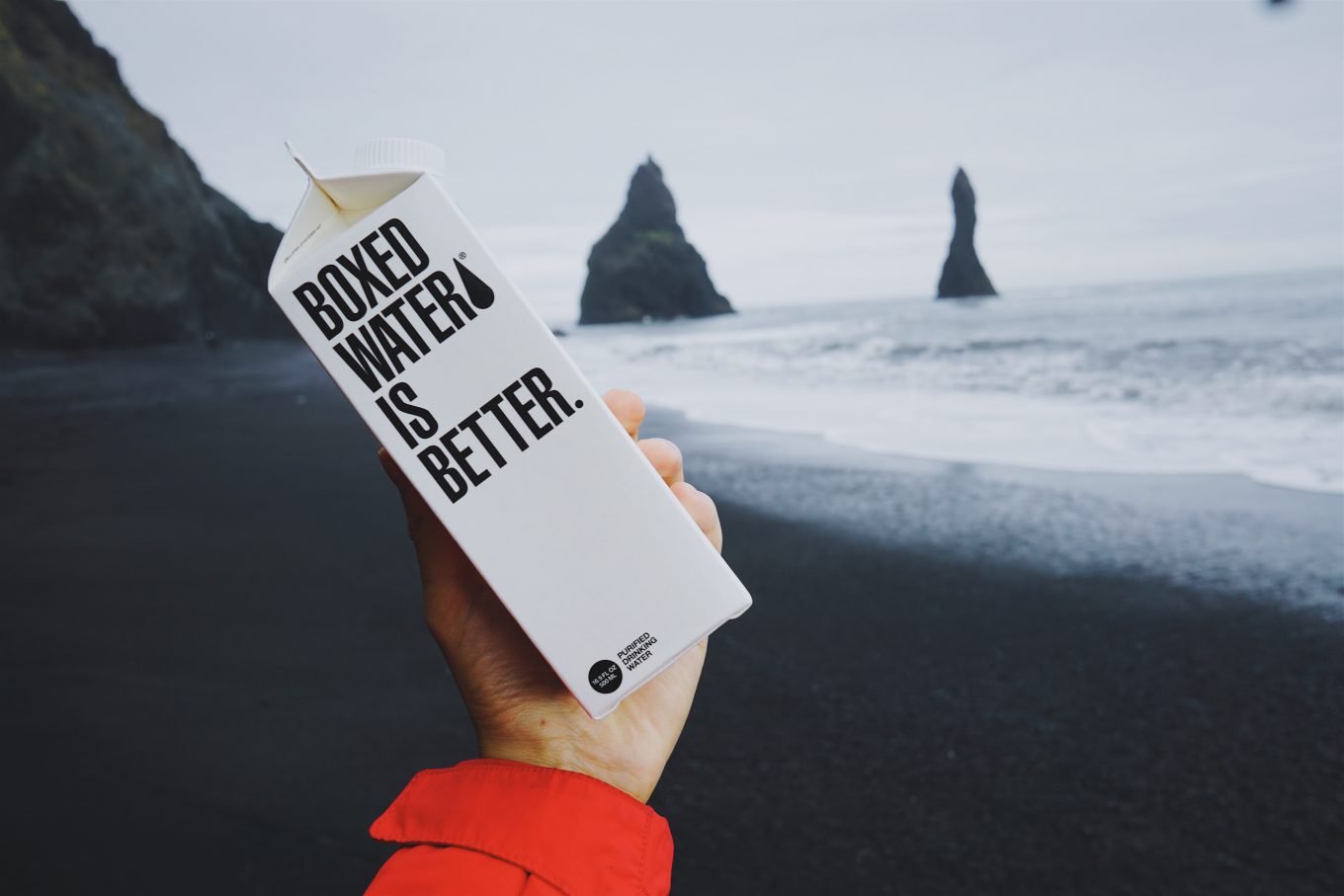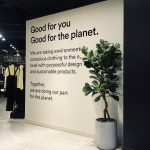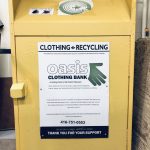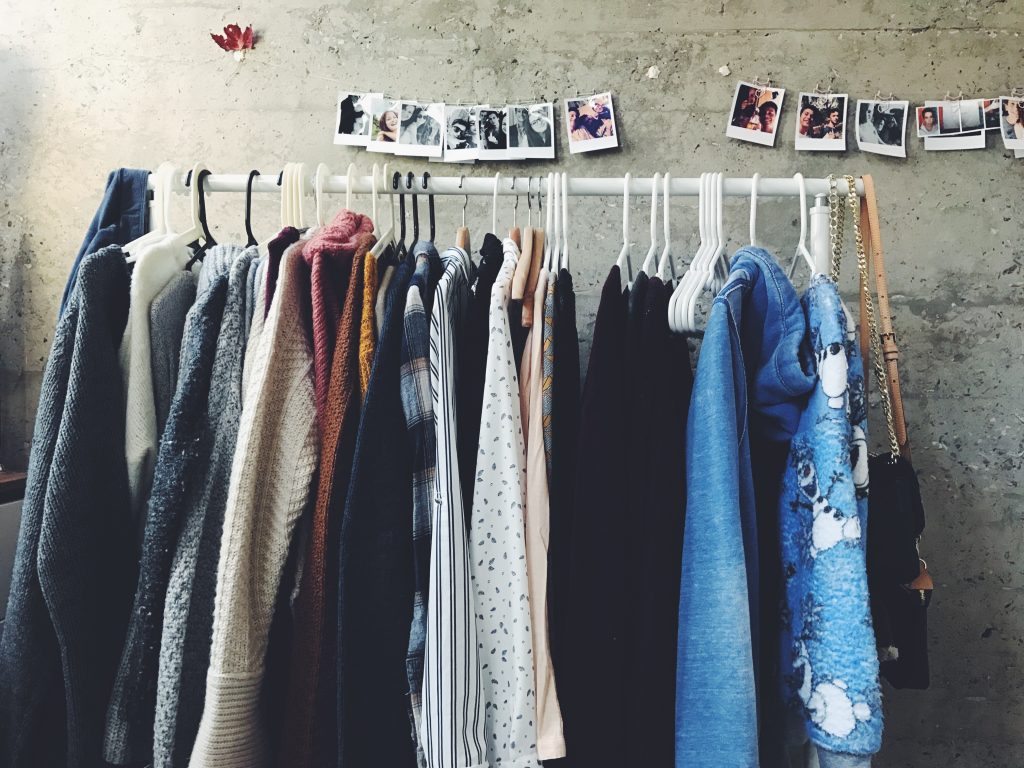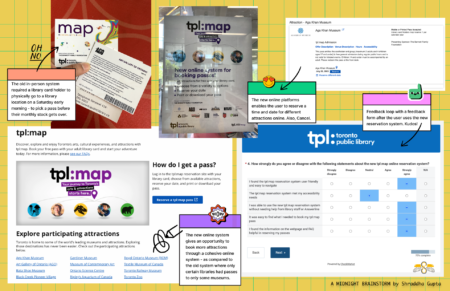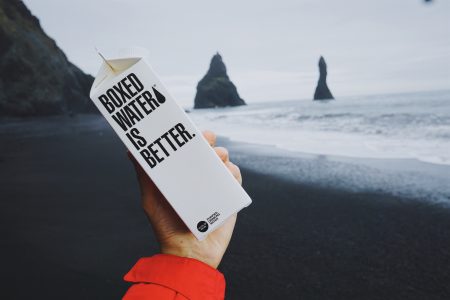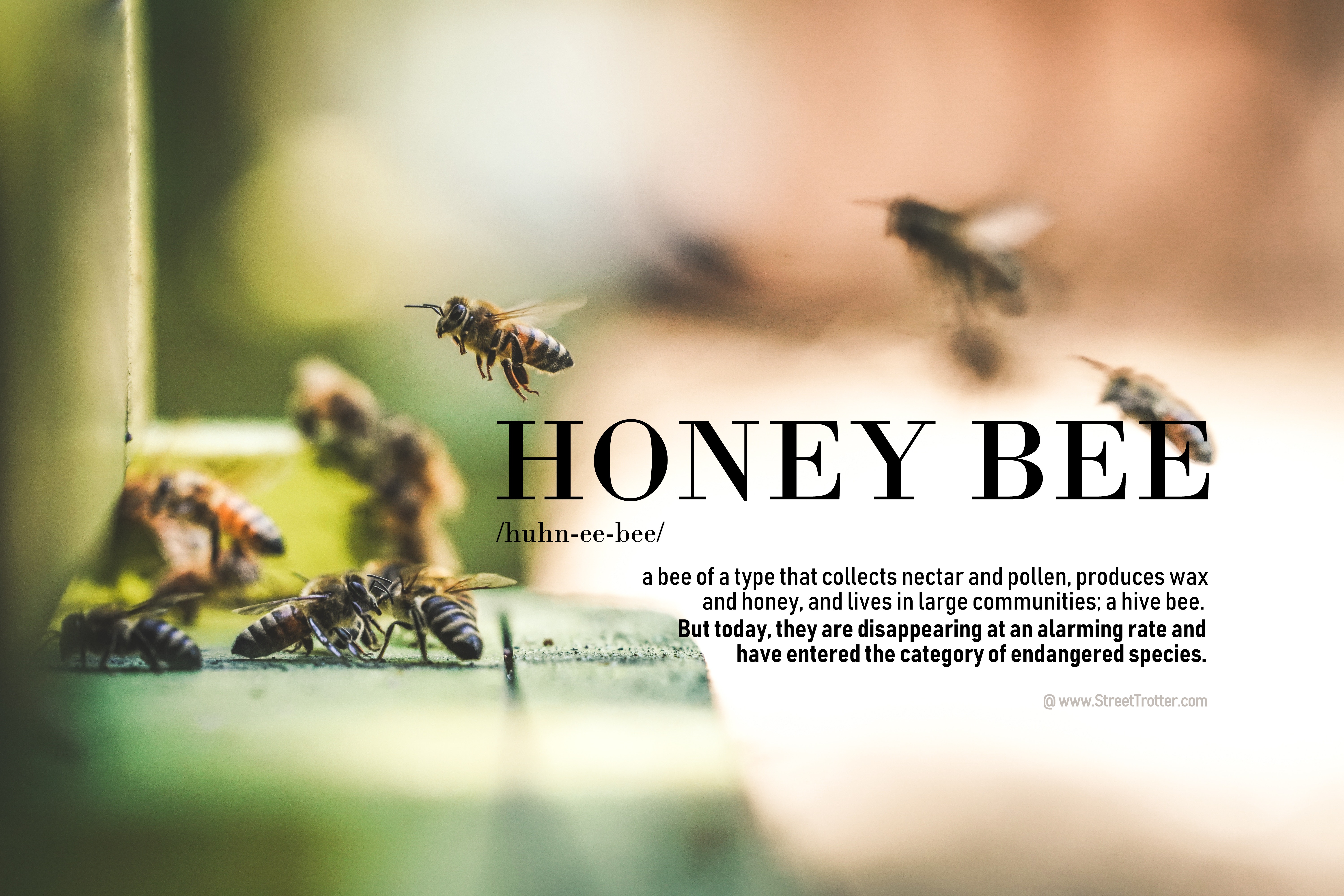In a recent episode of his show, Hasan Minhaj finally spoke about the elephant in our wardrobes: ‘fast-fashion’. A term that is commonly debated over for years in the fashion fraternity, is now a revelation of the common household too.
Directly related to the idea of sustainability, Hasan revealed how the tag marked with the recycling symbol on an H&M garment, was the ONLY recyclable component in the whole garment. Thanks to this particular episode, now everyone is rethinking their shopping habits and evaluating their wardrobe impact on our planet.
“Sustainable fashion” is a term loosely used by multiple brands today in increasingly vague ways to create an image of environmental consciousness which, most of the times, is just an eye wash. Most of the times we trick ourselves into buying sustainable fashion, without even really understanding what “sustainability” is.
In all honestly, sustainability today, is actually NOT sustainable.
Let’s start simple. You thought you packed a bag of old clothes for goodwill. But did you know that “only 20% of what you donated, are actually reused or recycled”. The rest 80% that ends up in landfills can sit there for 200-plus years, and as it decomposes, it emits methane – a greenhouse gas more potent than carbon”. That is the sorry state of our sustainable actions today.
Most of fast fashion clothing is made of textiles that are very bad for the environment. Synthetics like spandex and polyester take as much as 342 barrels of crude oil to be manufactured. Textiles like cotton are also equally unsustainable. A cotton jacket can use as much as 10330 litres of water to be produced. Vegan leather, which a lot of people consider a sustainable alternative to natural leather, is actually a highly processed plasticized synthetic leather.
The factories where these clothes are produced are located in countries like Bangladesh and Ethiopia where labour is cheap. However, instead of uplifting the economies and eco-systems that these brands are taking so much from, they often fail to pay even the minimum wages to workers and repeatedly break laws including child labour laws, completely ignoring the health and safety hazards involved in the manufacturing processes. The Rana Plaza factory collapse incident is a classic example of this, which then led to the making of the Fashion Revolution that we are all so proudly support today.
What does the word “SUSTAINABLE FASHION” actually mean?
Sustainability is an extremely broad term which can mean a number of things in different contexts. We often use it interchangeably with a variety of terms including green, ethical, eco-friendly, conscious, recyclable and responsible. However sustainable fashion is a combination of all of these terms and a garment has to be more than one of these to qualify as a sustainable garment.
An easy way of breaking down the term sustainability is to think of it as a dice with multiple faces. Each face is a different number, but a dice wouldn’t be complete in absence of even one of these sides. The need for fair wages for the factory workers, fair trade policies and cruelty free manufacturing processes is what one would generally associate with the term ethical fashion.
Recycling and managing waste efficiently while reducing the carbon footprint of a garment is linked to the idea of a garment being eco-friendly.
The longevity and the how the life of the garment ends decides how well a garment can be graded on the recyclability spectrum. How you treat the natural and human resources of the place you carry on production shows how responsible a brand you are when it comes to caring about the hands that work for you.
When fashion is able to qualify as all these terms, we term it as “Circular Fashion”. The bottom line being that ecological sustainability can only be achieved by adopting a holistic approach that includes economic, social as well as cultural aspects of the concept. To be truly sustainable, a brand needs to check all these boxes.
And that is where most fast fashion brands are failing us, and other brands are “green-washing” us.
What is GREEN-WASHING?
Derived from the concept of brain washing – “Green Washing” is what brands do to create an image of sustainability in your head, without actually taking meaningful and effective steps in the same direction. It is a branding technique that aims to create a facade to sell an image of environmental and social responsibility, without actually adhering to the same.
The fast fashion brand Boohoo made a public declaration about giving up wool as a raw material in an effort to reduce cruelty against animals. The news was well received and the brand was appreciated by PETA for the same. However, it was soon discovered that they never used real wool in any of their collections. What they used was a synthetic fur that was even worse for the environment. This is a classic example of an eye wash created solely with the motif of becoming a part of a conversation that will bring you more attention as a brand.
H&M launched a ‘Conscious’ line which was made out of textile alternatives like Pinatex, Bloom Foam and Orange fibre which were deemed to be vegan, cruelty free and eco-friendly. However the first top that they put on display for the collection was made out of 95% cotton which is a very water thirsty crop and 5% elastane which is synthetic. The catch is, an average consumer does not know this much about textile technology and will easily get caught up in words like “conscious”, “vegan” and “cruelty free” to assume that the brand is sustainably producing clothes.
The online fast fashion giant ASOS claimed to be working for the upliftment of farmers in Africa, by manufacturing a line made from cotton grown in Africa. However the collection just had ONE pair of shorts made from recycled denim amongst other synthetic garments. This is how brands adopt a surface level approach to sustainability, failing to look at it holistically.
Some brands would give you an off for carrying a recyclable bag to the store every time you shop. A few would hand out merchandise associated with sustainability like a metal straw if you shop for a certain amount. Others simply color code their displays to look more organic and sustainable, even though you can be one of these without being the other. All these are marketing strategies designed to ultimately sell more disposable clothes to customers instead of reducing waste.
WHAT CAN WE DO?
Giving up the throwaway attitude and wearing your clothes for longer can reduce the size of the landfills we are filling with clothes considerably. Here are few ways to do it:
#1 – Wear your garments for a longer time
Rejecting fast fashion labels that are highly unsustainable in their practices is not enough to save the planet. The key to reducing fashion waste today is buying smart. Eilee n Fisher is a brand that created classic silhouettes like flowing tunics and button down shirts in colors that don’t go out of fashion so that you can wear a garment for as long as you want. Start-up ADAY creates clothes that can be worn in more than one ways so that you can “Do more with less”.
#3 – Buy from brands that are actually “conscious”
Even though green washing is rampant, there is are also brands working in the direction of sustainability in really meaningful ways. Adidas is developing a new sneaker (Future Cast Loop) that would be entirely recyclable which will be revolutionary. It will be available for buying in 2021. Nike has invented something called fly-leather that is leather manufactured from scrapes from cutting. Patagonia is a brand set to become completely carbon positive by 2025. They are also completely switching to renewable energy while manufacturing.
#3 – Become style smart
Almost all of us struggle with finding the right thing to wear even when our wardrobes are overflowing with clothes. Thankfully we now have online help to help us become style-smart. A website called Finery collects receipts from your recent online purchases and helps you style outfits with what you already have. Cladwell is an app that allows you to track every item in your closet and can come up to as many as 10,000 browsable outfits that can be styled with what you have in your closet.
#4 – Replace buying with renting
The smartest way to reduce textile waste for a fashion lover these days, is to rent garments instead of buying them. It is the perfect solution for the Instagram generation to solve the sustainability problem. The rental economy is growing fatter every day and rental platforms like, Rent the Runway, Le Tote and Gwynnie Bee are offering the trendiest clothes for customers to wear and return. Brands like Urban Outfitters, Macy’s, Banana Republic, American Eagle and even Bloomingdale’s have also launched rental services.
#5 – Just “Swish” it
We all are aware of the term Retail Therapy. Here is trend that is way cooler than it and sustainable. Swishing means SWAPPING CLOTHES in events organized especially to exchange clothes that you have worn enough or don’t intend to wear in the future. You go to the event, get a swish token for the amount of clothes you give up and pick something else for the same amount of tokens. It is not just an eco-friendly option but also a pocket friendly way of shopping without actually shopping.
